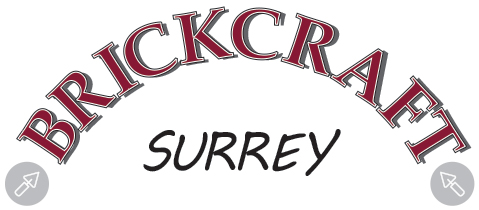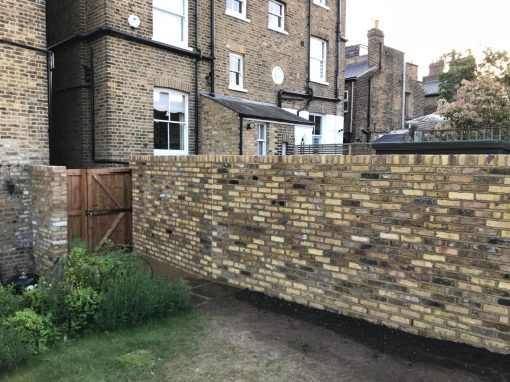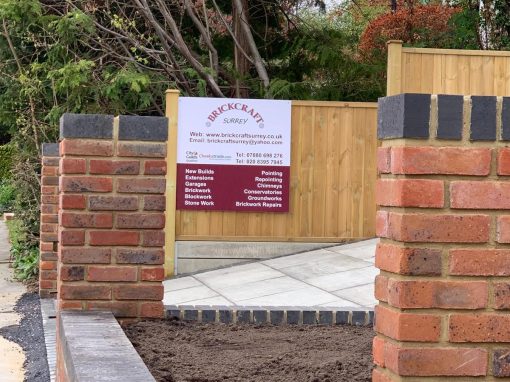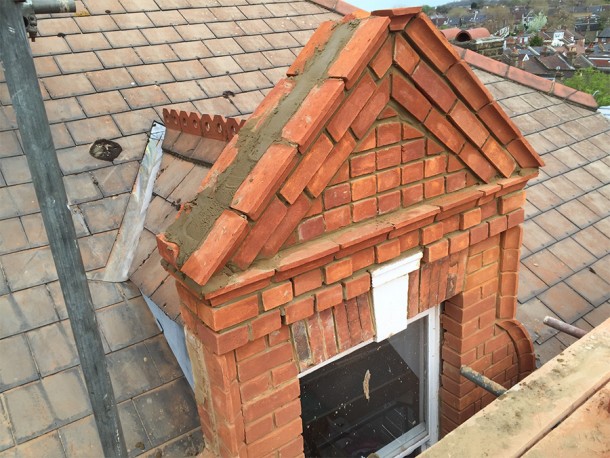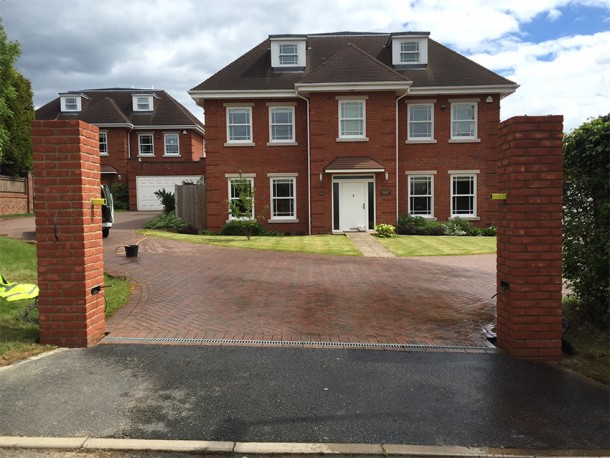In the idyllic landscapes of East Sussex, where historical buildings weave tales of bygone eras, the meticulous art of re-pointing emerges as a crucial guardian of architectural legacy. This often-overlooked process plays a pivotal role in preserving the structural integrity and aesthetic allure of centuries-old structures that dot the county’s picturesque countryside.
Re-pointing, also referred to as pointing or repointing, involves the restoration of mortar joints between bricks or stone blocks on the exteriors of buildings. Over time, these joints succumb to the effects of weathering and natural wear, posing threats to the stability and longevity of the buildings. In East Sussex, where the echoes of history reverberate through its architectural treasures, re-pointing stands as a linchpin in the ongoing efforts to conserve the county’s rich heritage.
The significance of re-pointing in East Sussex is underscored by the diverse array of historic buildings that grace its landscape, ranging from medieval castles and quaint cottages to Victorian mansions. Each of these venerable structures carries the weight of history upon its weathered facade, embodying the legacy of generations past. Re-pointing serves as a guardian, shielding these architectural gems from the relentless march of time.
At the heart of re-pointing in East Sussex lies a delicate balance between preservation and restoration. Skilled craftsmen employ time-honoured techniques and locally sourced materials to ensure that the original character and craftsmanship of the buildings are faithfully preserved. This dedication to authenticity is deeply ingrained in the ethos of East Sussex, where reverence for tradition coexists harmoniously with a progressive outlook towards heritage conservation.
Moreover, re-pointing projects in East Sussex are guided by stringent conservation standards and local regulations. Bodies such as the East Sussex County Council and Historic England provide invaluable oversight and expertise, ensuring that re-pointing works adhere to established guidelines while respecting the unique heritage of the county. Through collaborative efforts, stakeholders strive to safeguard East Sussex’s architectural legacy for generations to come.
Despite its significance, re-pointing encounters challenges in East Sussex, including limited funding and a shortage of skilled craftsmen. However, these obstacles only serve to underscore the urgency of preserving the county’s architectural heritage. By fostering partnerships between government agencies, heritage organisations, and local communities, East Sussex can overcome these challenges and continue its steadfast commitment to heritage conservation.
